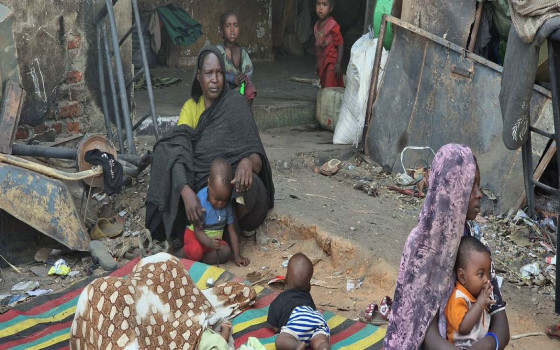
In Darfur, Sudan: the roads are full of corpses and people chanting the Shahada in preparation for death..

- Europe and Arabs
- Monday , 1 April 2024 14:35 PM GMT
“We were trapped inside homes for more than 57 days. The militias systematically targeted people, and the killing occurred based on tribal classification. The militias did not exclude women, children, or the elderly.” This is what a Sudanese refugee told UN News, whom we will call in this article Fatima Abdullah based on her desire to protect her safety and privacy.
Mrs. Fatima, a resident of the city of El Geneina in West Darfur State, filmed for the United Nations News website, via a telephone interview and audio and written messages, a tragic scene of days of terror that she and many of the city’s residents lived through following the war that broke out on April 15 between the Sudanese army and the Rapid Support Forces, which caused... Thousands were killed in the city of El Geneina, located in the far west of Darfur, according to reports.
Fatima Abdullah studied public relations at the Sudan University of Science and Technology in the Sudanese capital, Khartoum. After graduating, she became involved in journalistic work, where she worked in the media department of the African Union-United Nations hybrid mission in Darfur (UNAMID) for ten years, during which she covered events in Darfur.
With the outbreak of the recent war in Sudan, her life was turned upside down, and she was forced to flee to Adre camp, located near the Sudanese-Chadian border, where she currently resides with her family and thousands of other refugees who were forced to leave their homes.
Mrs. Fatima says that this war began with tribal problems in the areas of Kerinak and Sissi and then moved to the Krinding camp, which houses displaced people due to the war that broke out in Darfur more than twenty years ago.
She added, "War occurs in El Geneina annually during the month of January and sometimes during the month of Ramadan, when killings, displacement, and destruction occur, forcing people to move from the camp to inside the city of El Geneina. The distance between the camp and the city is not far."
Because these displacements occur repeatedly, Fatima says that the displaced people preferred to take government institutions and schools as shelter centers instead of returning to the camps, “and there was no institution or school left in the city of El Geneina that was not inhabited by the displaced.”
Every year, when war breaks out, Fatima says, life is disrupted and markets, schools, and government institutions are closed. Then, after it stops, people resume their lives normally, markets open again, and children return to school. She adds: "When the last war broke out in April, we thought it would be the same way and that it would end soon. But, unfortunately, we discovered that the war this time was different from previous tribal wars."
Fatima then goes on to explain what happened in the city of El Geneina, saying: “In the Customs neighborhood, I saw a different scene. When the war broke out, the armed men, some of them foreigners, came and surrounded the city from four sides. As a journalist, I went to a high area to take photographs, and all the neighbors were watching from across the street. "The windows of the houses. The militia members were screaming and saying: 'Gog and Magog. We are the corruptors of the earth' and firing heavy bullets."
She added: "We were trapped inside the houses and had to hide under the beds. There were stray ammunition everywhere and you could hear people screaming in the streets and the exchange of fire. The war continued for 57 days in the southern neighborhoods of the city of El Geneina. The gunmen wiped out the neighborhoods of Al-Thawra, Al-Tadamon, Al-Jabal, Al-Jamarak and Al-Zuhur. The two targeting operations were The liquidation took place systematically from one house to another. They were killing without exception and did not leave behind women, children, men or young people. Snipers mounted the rooftops and were targeting everyone they saw. Death occurred in a way that I cannot describe. The gunmen came in very large quantities and then divided themselves into two parts: Some of them kill and some of them loot property. Some of the gunmen did not speak Arabic and were threatening to kill us if we did not give them gold and money.”
Fatima says that masked people broke into her house. “Masked people entered my house and one of them said to me - it seems he knew me - ‘Journalist, you used to write reports in the past, but can you do that now?’ They took my phone and my computer and broke them in front of my eyes.” Then they told me, “We are following you moment by moment, and if you do anything, you will regret your life.”
Fatima says that the number of deaths in El Geneina is estimated at thousands, and refers to reports that more than 15,000 people were killed. She tells the story of a tree in the city that the gunmen called the “Fataes” tree, noting that they used to bring people there to execute them by firing squad until a large number of bodies accumulated, so they called it the “Fataes tree” in disdain for the dead, she says.
Fatima Abdullah says that those fleeing El Geneina were killed on their way to refugee camps in Chad, and a large number of unaccompanied children arrived because their relatives were killed on the way. Fatima says that the Chadian army helped transport many of those fleeing and some of the wounded from El Geneina to the camps and provided them with water and food.
The suffering is great in the camps, Fatima says, but in the end, it is “lesser than war,” noting that people feed on animal feed and lack the most basic basics of life.
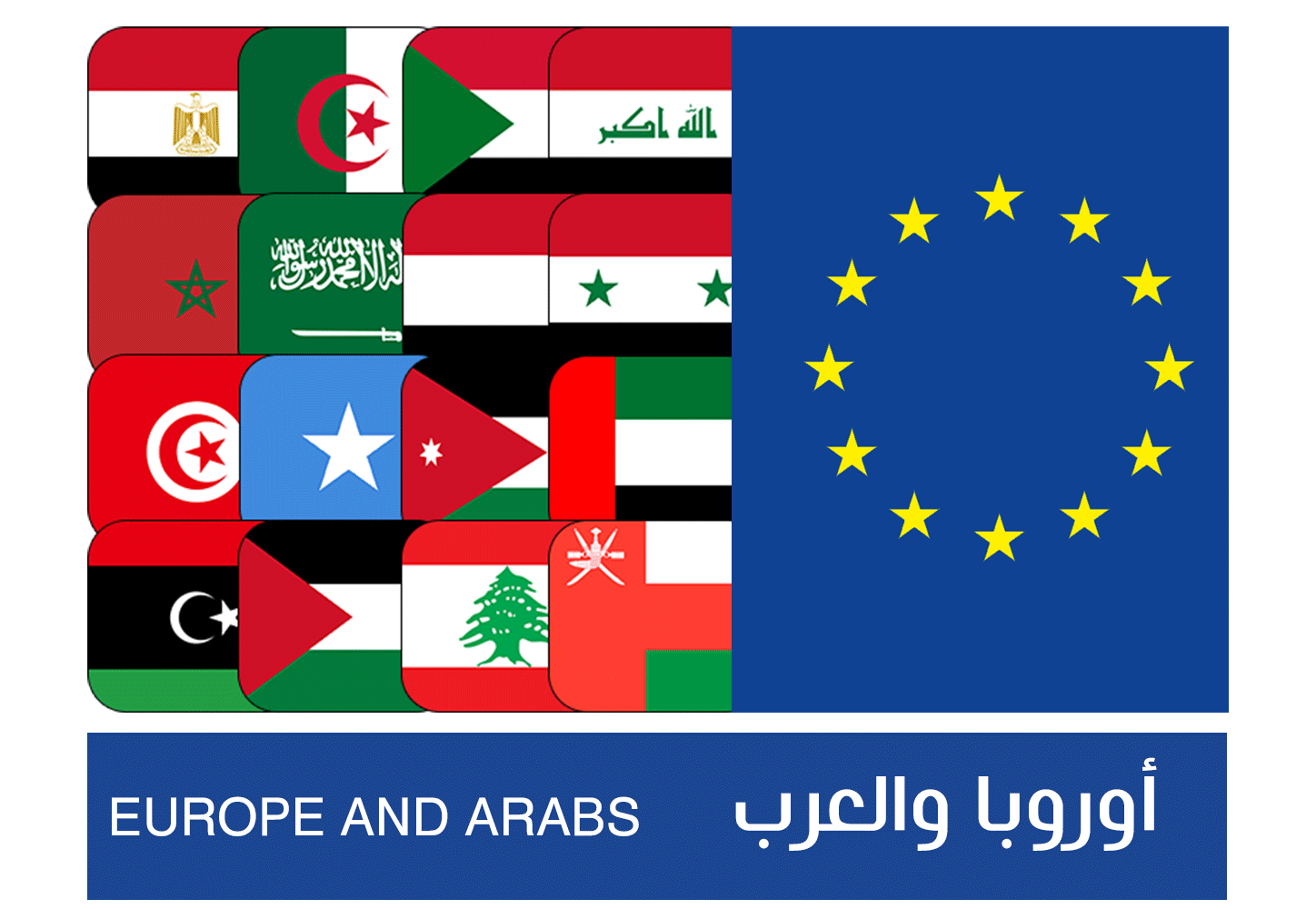

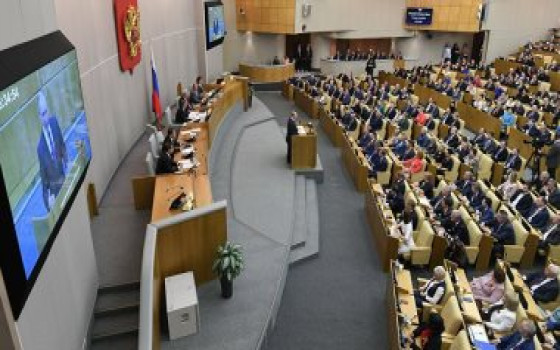

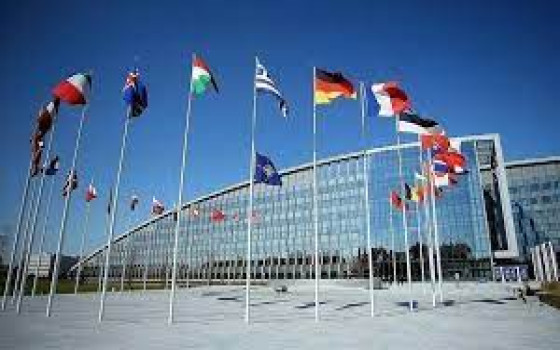
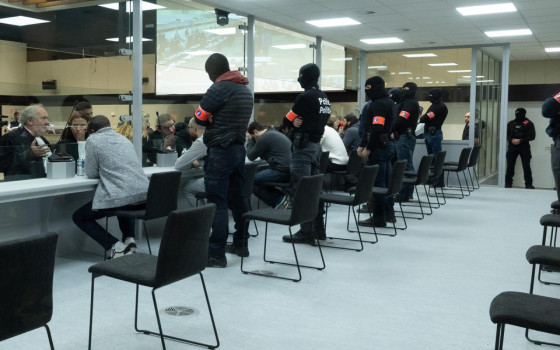
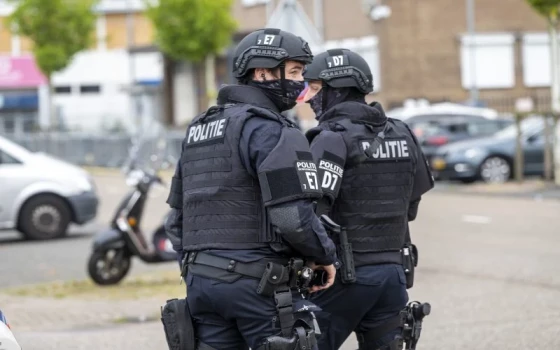
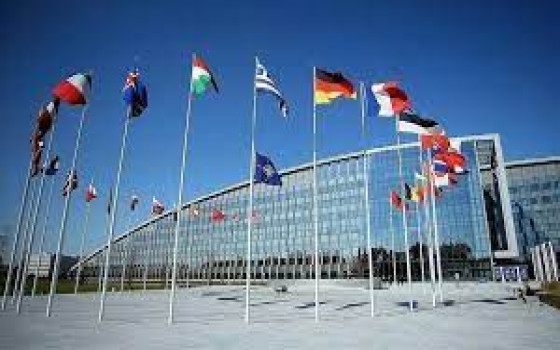

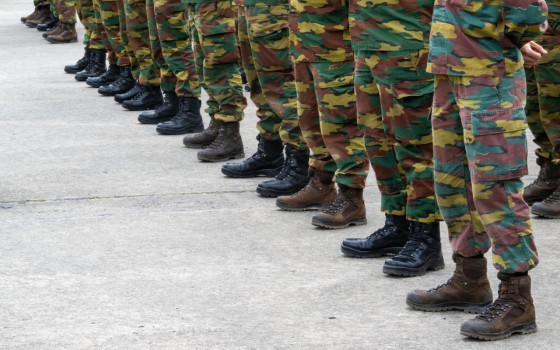

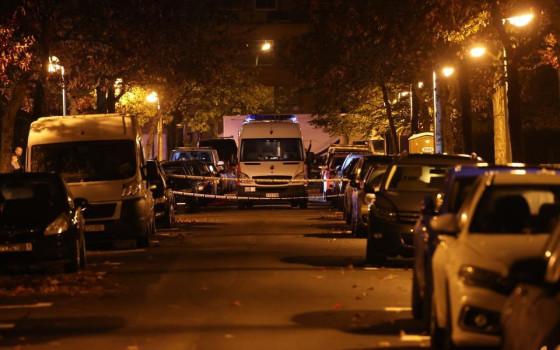
No Comments Found